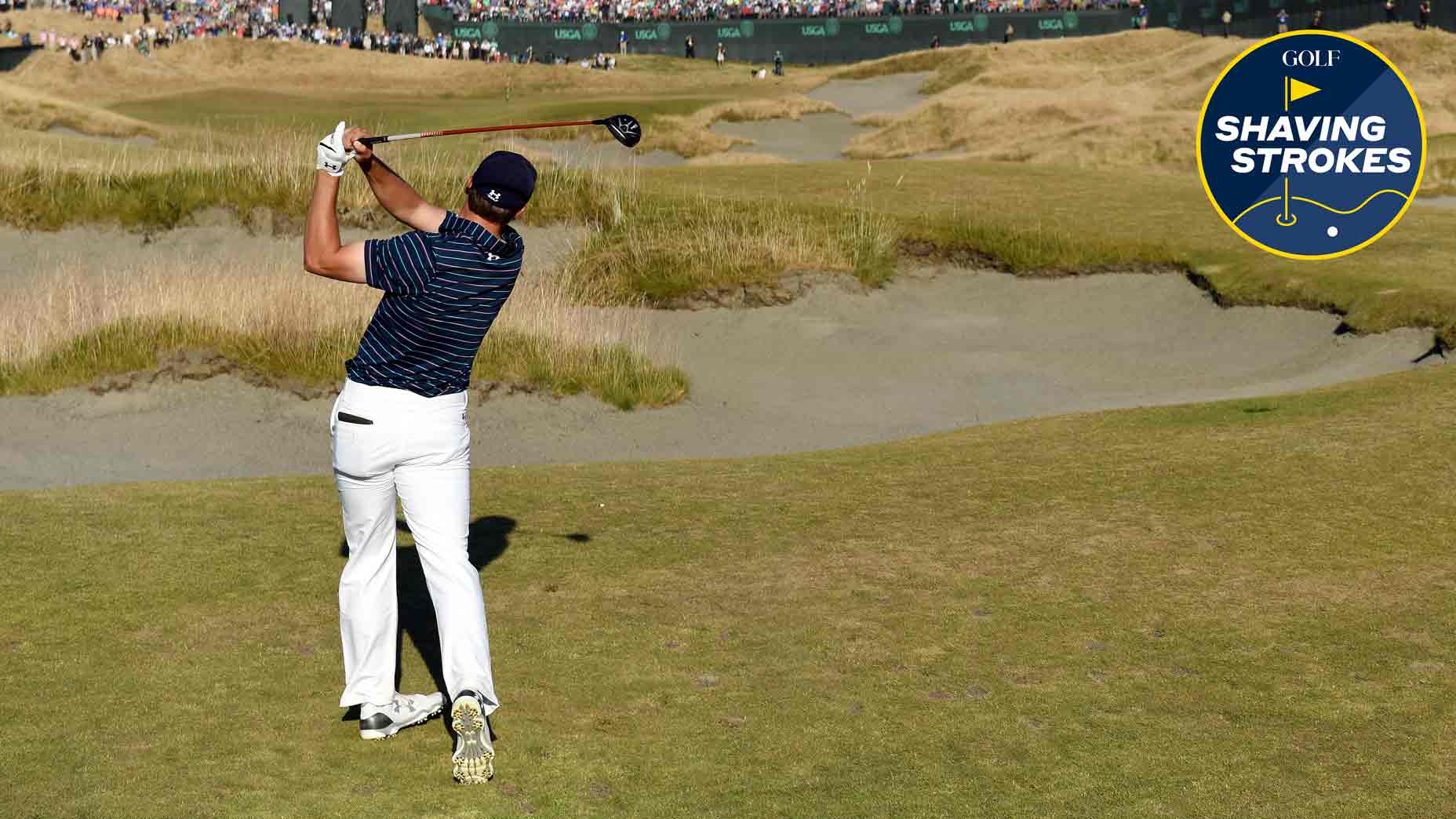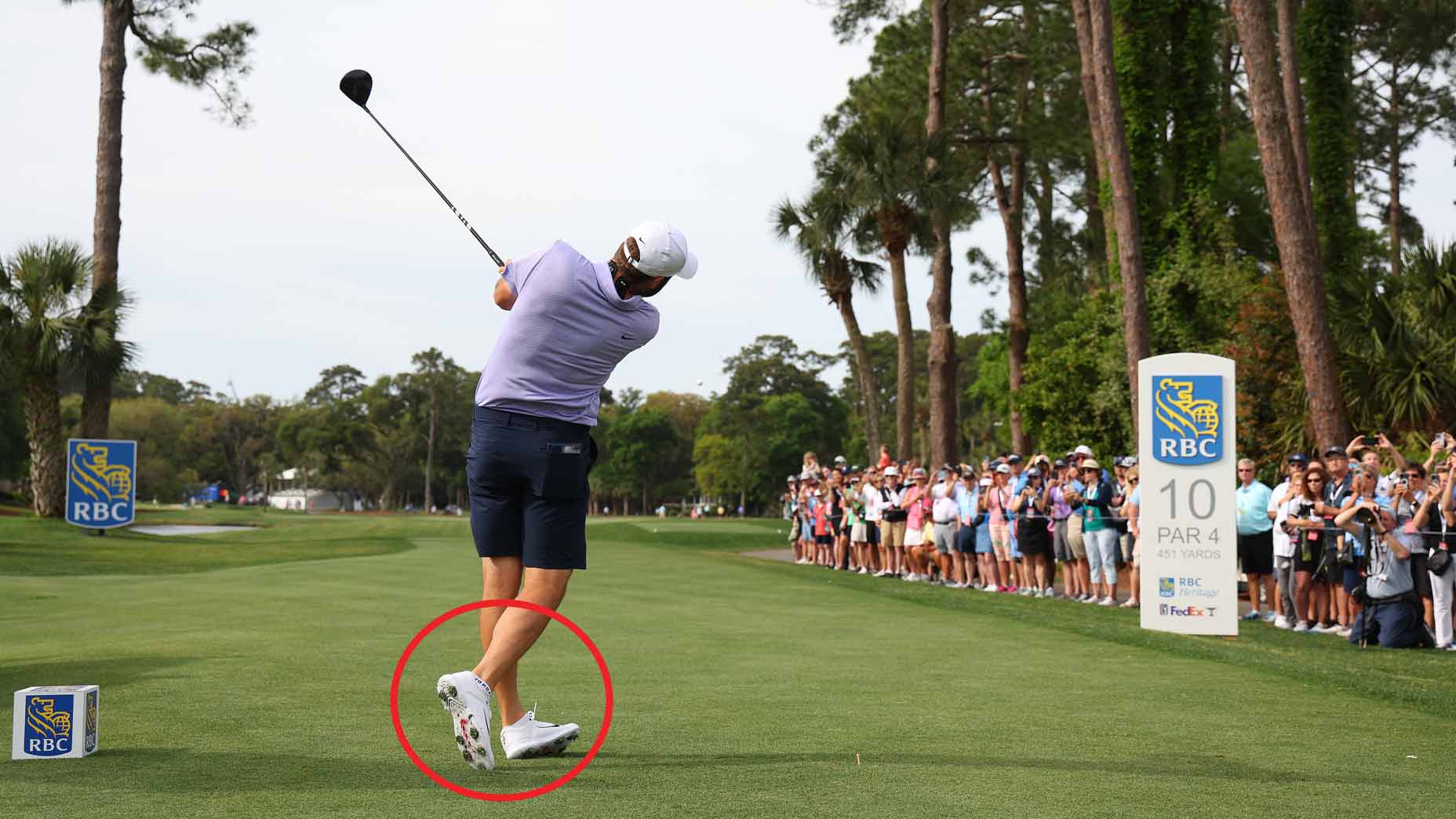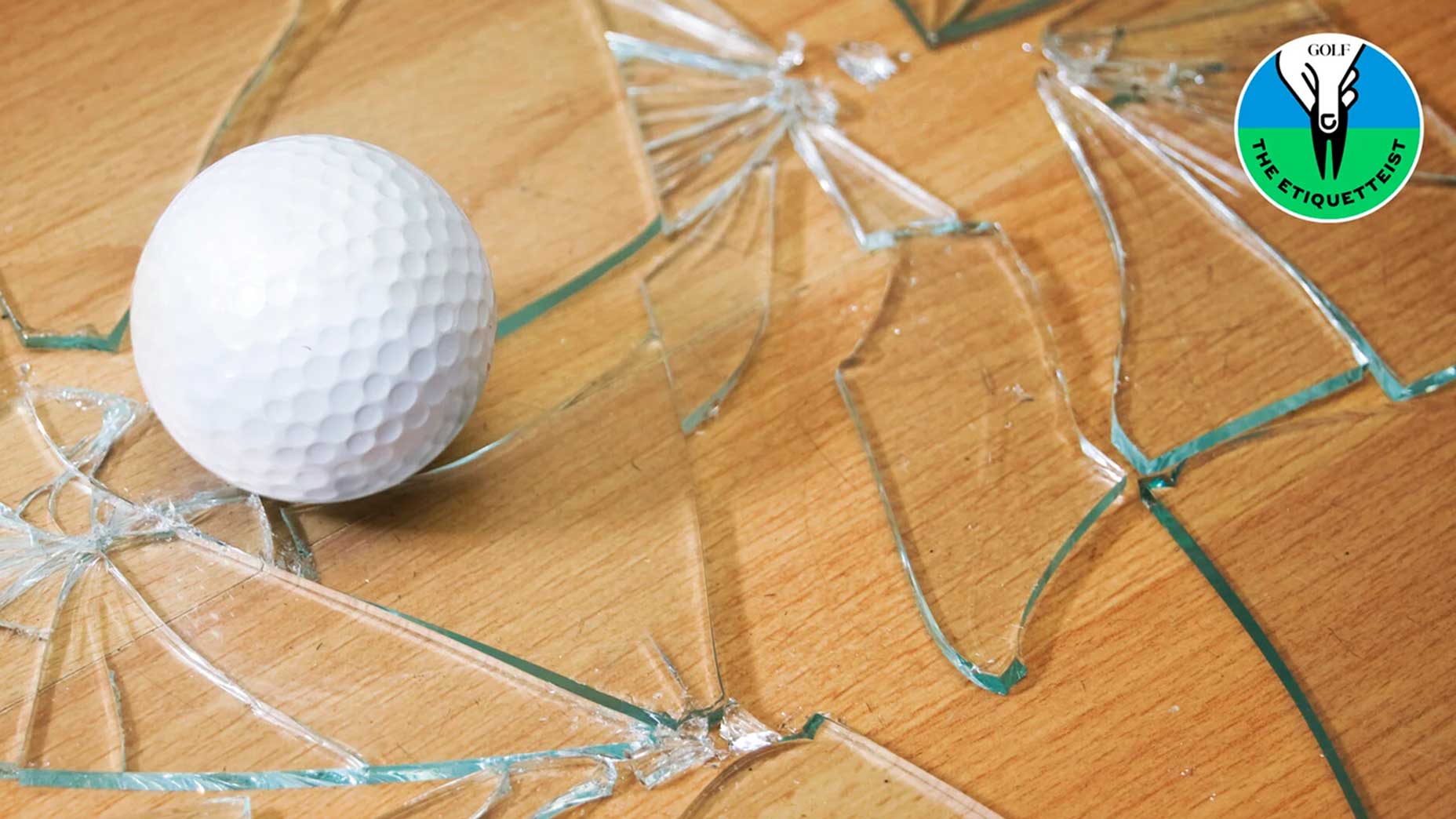 An easy way to become a better bunker player (without even hitting balls)
An easy way to become a better bunker player (without even hitting balls)
6 dangers of using too much lower body in your golf swing
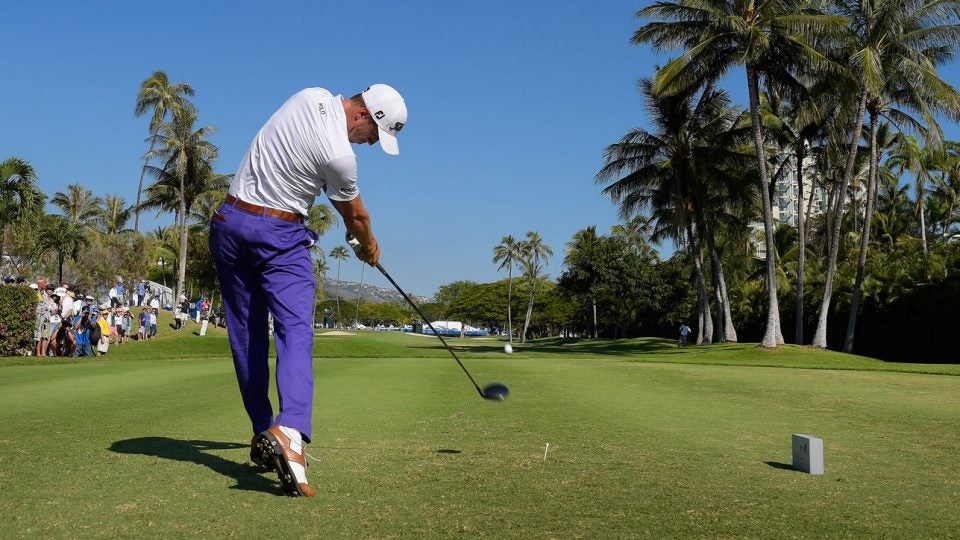
Editor’s Note: Baden Schaff has been a PGA teaching professional for 17 years and is the co-founder of Skillest, a digital platform that connects golf students with golf coaches across the world for online lessons. To learn more about Skillest and to book a lesson of your own with Baden, head over to Skillest.com or download the app in the app store.
So much of modern coaching is built around what you need to do with your legs. We are taught that long drivers of the ball have extreme vertical forces during the downswing. We hear about snapping our hips and “unweighting” our left foot on the down downswing for extra yards. All of these things are great if we are trying to win long drive competitions, but none of these elements help you control your golf ball better. They are entirely built for power.
So could all of this leg work be doing you a disservice as you pursue a more consistent golf game?
With the proliferation of ground force measurement platforms such as Swing Catalyst, a whole new world has opened up to us. Never before have we been able to measure the way our feet interact with the ground to such an extent.
There are three forces that golfers should know and understand: Horizontal (pressure shift from side-to-side), Vertical (up and down pressure shift) and Rotational (movement around your body). Long drivers of the ball have large amounts of all of these, especially what is considered vertical and rotational forces.
What these opposite and equal actions and reactions create in the golf swing is lots of torque and twisting. This generates lots of stored energy by getting your hips to rapidly outrace you top half (Shoulders and arms and club) and when you add the vertical forces to the equation you’re exaggerated kinetic link allows you to store the energy in the club h and generate huge amounts of power. What we often hear is that the more of the forces the better. But what could go wrong and what we need to consider.
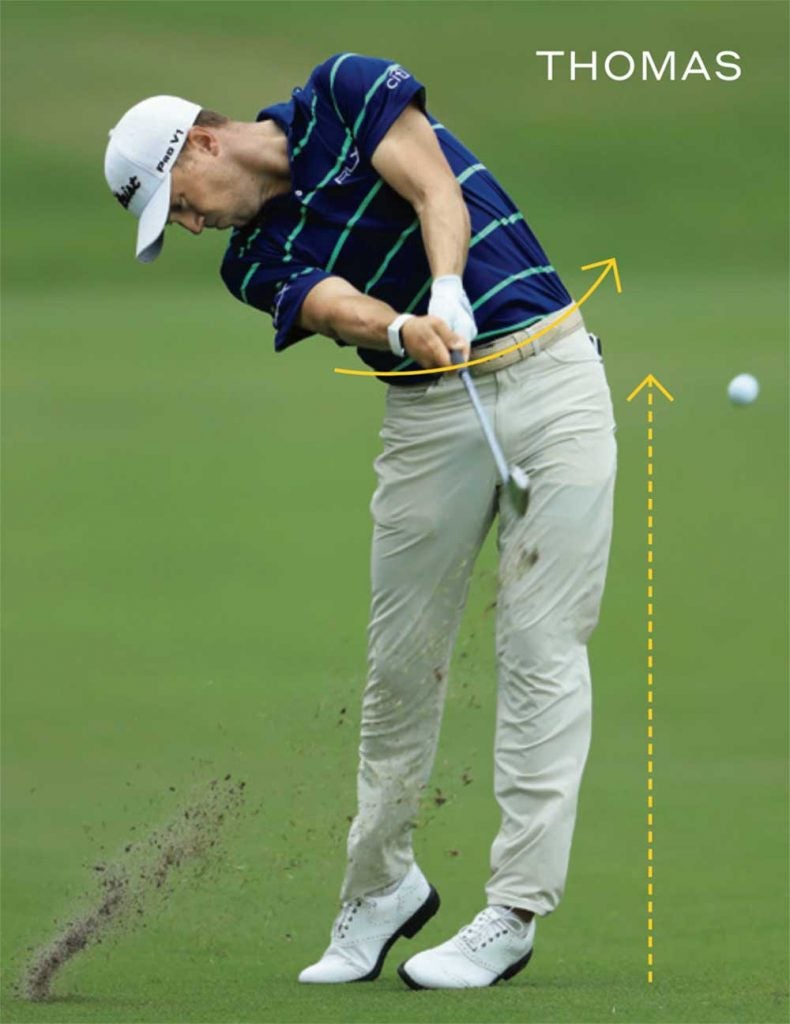
ADVERTISEMENT
1. Beware Early Extension
The biggest problem I see when students try to add a lot of vertical force into their swing is that they “early extend” or straighten their body as they move the club into impact. In their effort to hit the ball harder they compromise their hitting position leaving no room for the arms to swing into. Pushing up with your feet and then trying to stay over with the body don’t really go together.
2. It Takes A Toll
All of these forces working in opposite directions create a lot of compressing and twisting of your joints. Lower back injuries are common when trying to generate force this.
3. It’s Hard To Time
Trying to sequence all of these moving parts efficiently and effectively, without injury, takes incredible coordination. With your hips, top half, legs, arms and club often working it completely opposite directions make consistency unlikely
4. Your Iron Play Suffers
Hitting irons becomes particularly hard. Often golfers with lots of moving parts and straightening bodies are ok with driver but terrible with irons. Hitting a ball that is perched 3 inches off the ground is a totally different equation to clipping a ball of a tight lie with an iron.
5. You Lose Control
If we are always trying to get extreme amounts of these parameters to hit the ball longer, at what point as we move down the fairway do we reduce it for more control. Having multiple swings on the golf course is reserved for those at the elite level only.
6. Your Form Is Compromised
The problem with using your lower half to generate all of your power is that it effectively compromises your form which erodes your consistency. I am all for getting the correct kinetic link but it doesn’t require as much twisting and spinning as you might imagine. In my experience it is golfers who are leg driven that hit it all over the planet and it is those that are top half and arm driven that are far more consistent.
When I hit balls the reaction I have with the ground is in response to what my top half does. It is not the other way around. I do not try and snap my hips or drive my feet into the ground for my power source. My power comes from coiling my top half and generating speed in my arms.
Am I ever going to swing my driver at 120mph? Probably not.
Do I care? Absolutely not!
I generally swing my driver at around 110 mph and rarely if ever find a course that is too long. My focus is maintaining my form because I care about controlling my ball. Golfers who use lots of leg action and try to use the ground might hit it further than me but they are usually talking to me from the other fairway.
To learn more about Skillest and to book a lesson of your own with Baden, head over to Skillest.com or download the app in the App Store.
To receive GOLF’s all-new newsletters, subscribe for free here.
ADVERTISEMENT


